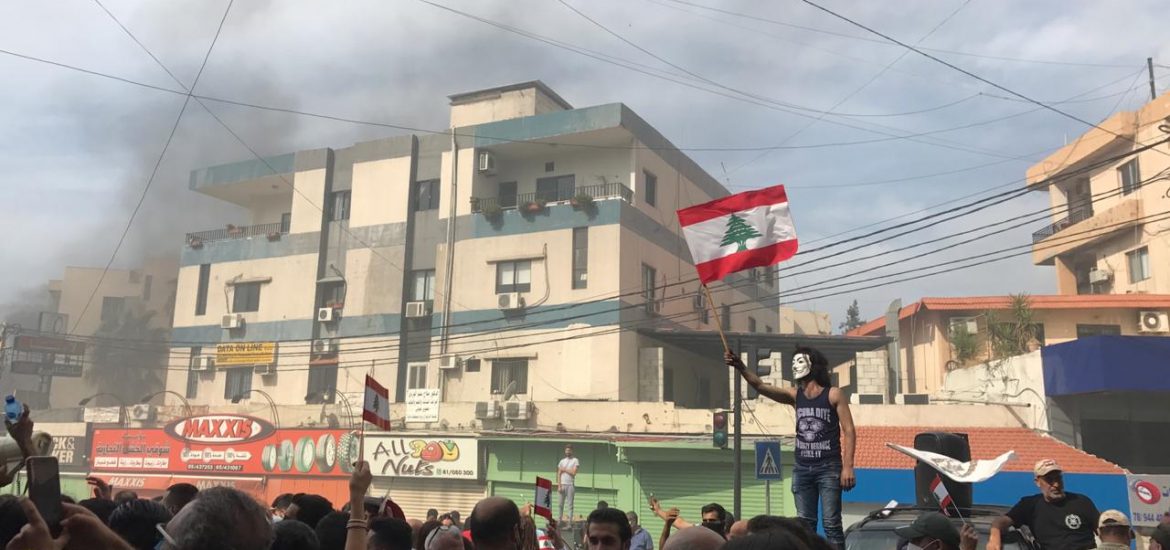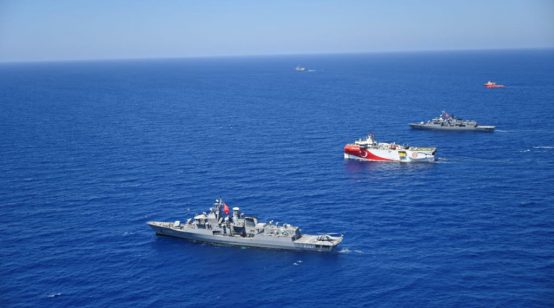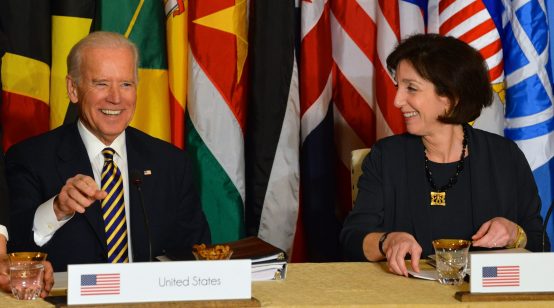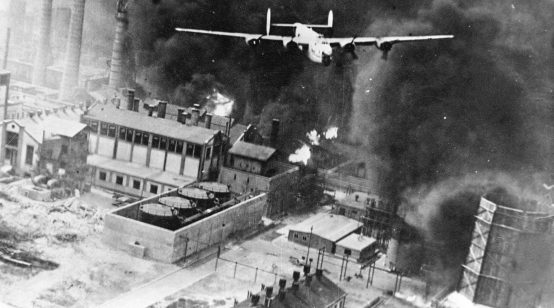
The street demonstrations in Iran, Iraq, and Lebanon have flown somewhat under the radar in the Western press. Perhaps this is due to fatigue with Middle East upheavals or difficulty understanding them in a collective way. Each is, of course, a national movement, and all have disparate, seemingly spontaneous, proximate causes – a threefold hike in gas and diesel prices in Iran, the firing of a popular general in Iraq, and plans to tax WhatsApp telephone calls in Lebanon.
Yet what runs through all of the protests are decades-long frustrations with the corrupt mismanagement of energy. All three countries suffer from rising electricity and fuel prices and electricity shortages and blackouts. The yellow vest protests in France last year erupted under similar circumstances, namely the imposition of higher fuel prices. In the Middle East, however, protestors’ frustrations are also, to varying degrees and over different time horizons, borne out of misplaced hopes that oil and gas can deliver energy security, as well as political and economic development.
Electricity, natural gas, gasoline, and diesel are not the sexiest political topics, but they are powerful motivators for citizens. The outflow of human energy now to take to the streets in the Middle East, where protestors face imprisonment and death, is nothing short of exceptional. The Middle East protests should resonate around the world for those concerned about their pocketbooks and future livelihoods.
In the dark
Energy resources are the most price-inelastic commodities in the world after water. A fuel price rise is something everyone feels and understands. Blackouts, meanwhile, transport us back to the pre-industrial age. The lack of electrical power in the Middle East is not simply about sweat-soaked summers without air conditioning. It reflects their lack of political agency.
Blackouts have plagued Iran, Iraq, and Lebanon for decades. The Lebanese have suffered the worst, as the country’s ageing system cannot meet peak demand, causing daily planned electricity outages. Protestors have gathered in front of power provider Electricite du Liban (EdL), a symbol of the country’s endemic problems. Subsidies for EdL accounted for 25% of the 2018 budget deficit, ensuring that the country’s public debt, which is 150% of gross domestic product, remains unchanged. Meanwhile, delays in exploring and licensing its offshore gas make the situation all the more frustrating.
Iran and Iraq experience fewer blackouts than Lebanon, but are wholly inexcusable. In 2018, Iraq and Iran were the sixth and seventh largest oil producers in the world, respectively. It is beyond the scope of this article to explain how countries with such oil wealth cannot supply consistent power to the populations. But it is easy enough for anyone to understand that these governments are mismanaging their hydrocarbon resources.
Hope is a dangerous thing
The government response in Tehran, Baghdad, and Beirut has been weak and cosmetic. Dealing with such fundamental energy challenges cannot, after all, occur swiftly.
What they dangle, instead, is hope that future oil and gas revenues can save the day. In early November, Iran touted its discovery of the country’s second largest oil field. Iraq maintained that the country will be energy independent in coming years. Lebanon promised to start developing its Mediterranean gas fields soon. But how can anyone have faith when governments have failed for decades to deliver? Hope, too, has an expiration date.
In 1940, Turkey struck oil in its southeastern region, prompting the government to declare that Turkey was rich in oil. The country was elated. Yet, two weeks later, tests showed a rapid increase in the water ratio at the field, rendering it worthless. This excitement followed by disappointment led to Turks believing, even to this day, that their country is oil-rich, even though the geology says otherwise. Turkish governments learned a valuable lesson: better not to promise future riches because, once hope dissipates, politicians take the blame.
Turn to the sun
Many in Washington will view the protests as vindication of the Trump Administration’s “maximum pressure” campaign against Tehran. The protests are all taking place in countries in which Iran shapes – some would say controls – domestic politics.
Yet, if I were Iranian, Iraqi, or Lebanese (and I do have Lebanese heritage), I would be far more concerned about the major stakes that Russian companies have in my country. In September, Russian Energy Minister Aleksandr Novak announced that Moscow was considering ways to launch a plan “primarily for the development of the oil sector,” in Iran. The Kremlin, meanwhile, is pushing ahead with energy projects in Iraq and remains ensconced in Lebanon’s oil and gas sector.
Russian influence is a lose-lose proposition. If it succeeds in helping develop new hydrocarbon resources, it will deepen the decades-long reliance on hydrocarbons, which has failed to deliver energy justice or even consistent electricity. On the other hand, Russia could suppress the development of said resources, since they would compete with them on world markets.
The Middle East needs a solar-power, people-driven revolution in order to forge a more free, secure, and sustainable future. There are signs that solar is making inroads in the Arab Gulf States, but it is most needed in the more heavily populated republics, where the energy challenge is far more daunting.
The acceleration of climate changes, which will be felt more harshly in the Middle East, will only make this more imperative as time goes on. Now is as good a time as any to demand a new, fair, and sustainable social and energy contract between those who govern and those who are governed.
Photo credit: Wikimedia Commons.





